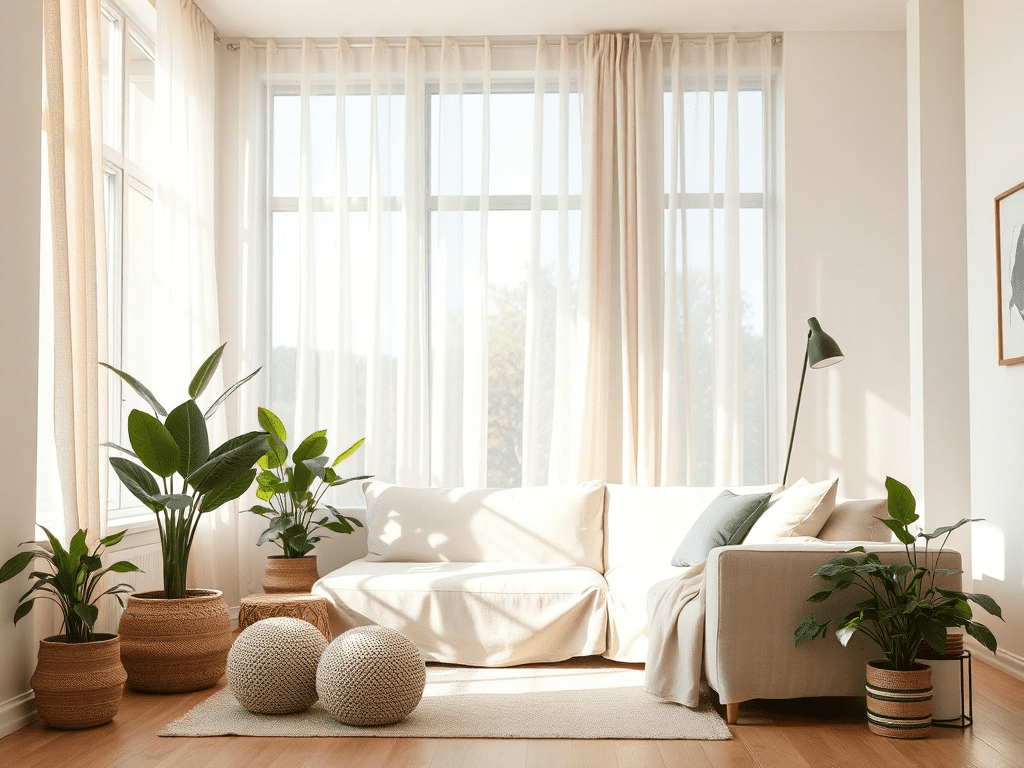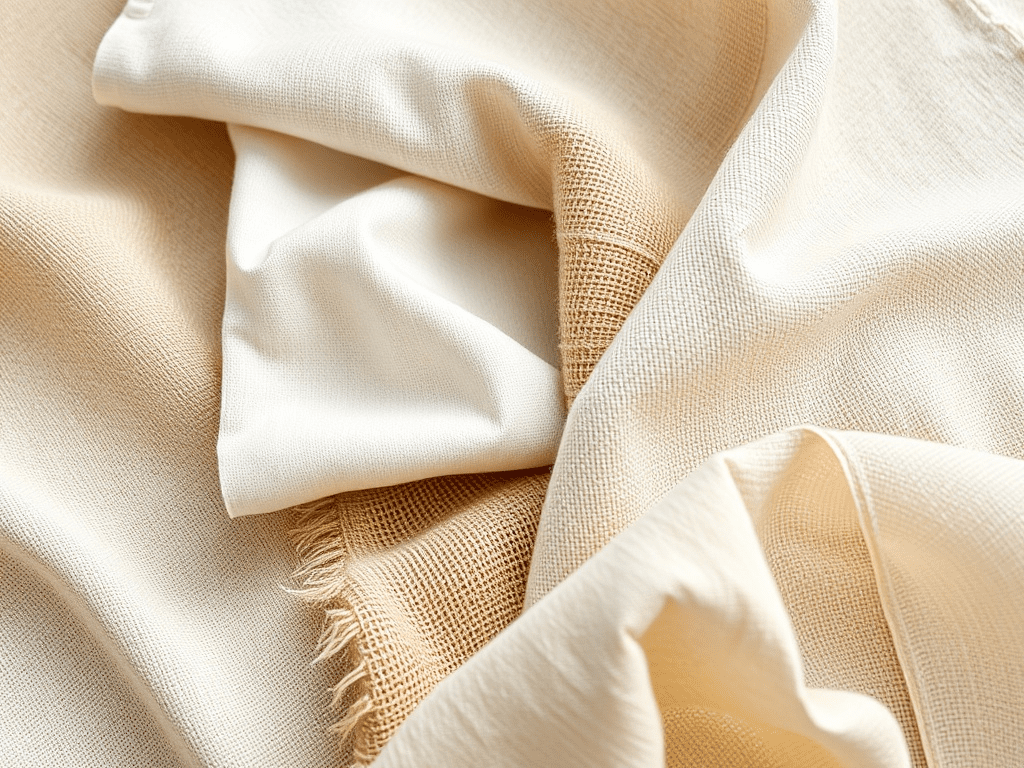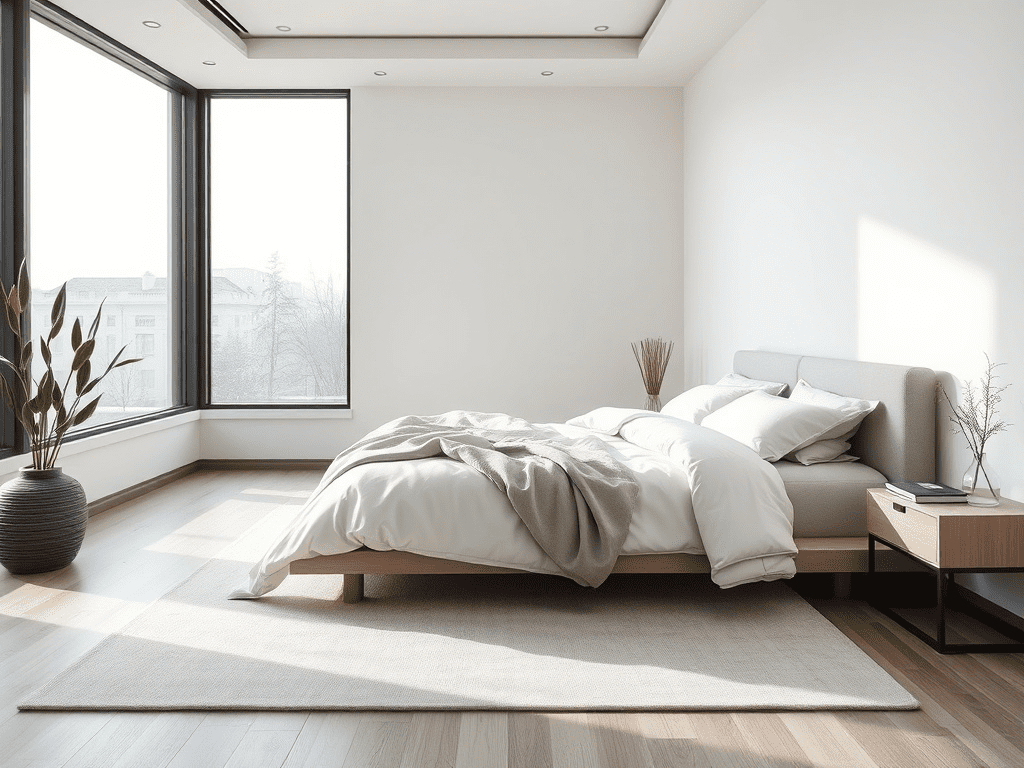Step into a world where luxury meets responsibility with sustainable textiles for interiors. It’s no longer a question of if you should embrace eco-friendly fabrics, but how. From the softest organic cotton to innovative recycled materials, transforming your home into a haven of sustainability is easier than you think. Let’s explore how you can elevate your interior design while minimizing your environmental impact.

What are the Best Sustainable Textiles for Interiors?
The world of sustainable textiles is rapidly evolving, offering a plethora of options that don’t compromise on style or quality. Let’s delve into some top contenders:
- Organic Cotton: Grown without synthetic pesticides or fertilizers, organic cotton is a breathable and versatile choice for everything from curtains to bedding. Look for GOTS (Global Organic Textile Standard) certification to ensure authenticity.
- Linen: Made from flax fibers, linen is incredibly durable, naturally moth-resistant, and becomes softer with each wash. It’s ideal for upholstery, drapery, and even kitchen textiles.
- Hemp: One of the strongest natural fibers, hemp requires minimal water and pesticides to grow. It’s a great option for upholstery, rugs, and other high-traffic areas.
- Bamboo: Known for its rapid growth and renewability, bamboo can be processed into a soft and silky fabric. It’s often used for bedding, clothing, and even some upholstery applications.
- Recycled Polyester (rPET): Made from recycled plastic bottles, rPET gives waste a new life and reduces our reliance on virgin resources. It’s often used in upholstery and outdoor fabrics.
- Wool: A natural and renewable fiber that is durable and biodegradable. Ensure ethical animal treatment and sourcing when selecting wool [Good Housekeeping].
Why Should I Choose Sustainable Textiles for My Interior Design?
Choosing sustainable textiles goes beyond aesthetics; it’s about making a conscious decision to support a healthier planet and a more ethical industry. According to the Environmental Protection Agency, textile waste accounts for nearly 5% of all landfill space [i]. By opting for sustainable alternatives, you actively reduce waste, conserve resources, and minimize your carbon footprint.
What are the Environmental Benefits of Using Sustainable Textiles for Interiors?
Sustainable textiles offer a multitude of environmental benefits [i]:
- Reduced Water Consumption: Crops like organic cotton and hemp require significantly less water than conventional cotton.
- Lower Pesticide Use: Organic farming eliminates the need for harmful pesticides that can pollute waterways and harm wildlife.
- Decreased Carbon Emissions: Sustainable production methods often involve lower energy consumption and reduced transportation distances.
- Biodegradability: Natural fibers like linen, hemp, and wool are biodegradable, meaning they won’t persist in landfills for centuries.

How Do I Identify Truly Sustainable Textiles for Interiors?
Navigating the world of sustainable textiles can be tricky, but here are some key factors to consider:
- Certifications: Look for certifications like GOTS, OEKO-TEX, and Fair Trade to ensure that the textiles meet certain environmental and social standards.
- Transparency: Choose brands that are transparent about their supply chains and production processes.
- Fiber Content: Opt for natural fibers like organic cotton, linen, hemp, and wool, or recycled materials like rPET.
- Dyes and Finishes: Avoid textiles treated with harsh chemicals or dyes. Look for natural dyes and low-VOC finishes.
How Can I Clean and Maintain Sustainable Textiles for Interiors?
Proper care can extend the life of your sustainable textiles and minimize their environmental impact:
- Wash in Cold Water: Cold water washing saves energy and prevents fading.
- Use Eco-Friendly Detergents: Choose detergents that are biodegradable and free of harsh chemicals.
- Air Dry: Avoid using the dryer whenever possible. Air drying saves energy and prevents shrinkage.
- Spot Clean: Address stains immediately with a gentle spot cleaner to avoid the need for frequent washing.
Sustainable Textiles Compared to Traditional Fabrics
When it comes to cost, sustainable textiles can sometimes be slightly more expensive than conventional options upfront. However, their durability and longevity often make them a more cost-effective choice in the long run. Plus, the environmental and social benefits are priceless.
| Feature | Sustainable Textiles | Traditional Textiles |
|---|---|---|
| Environmental Impact | Lower water consumption, reduced pesticide use, decreased carbon emissions | High water consumption, heavy pesticide use, significant carbon emissions |
| Durability | Often more durable due to stronger natural fibers | Can vary depending on the fiber and construction |
| Cost | May be slightly more expensive upfront, but often more cost-effective in the long run | Generally less expensive upfront |
| Health Impact | Lower exposure to harmful chemicals and dyes | Potential exposure to harmful chemicals and dyes |
What are the most durable sustainable textiles for interiors?
For upholstery in high-traffic areas, hemp and linen stand out as exceptionally durable choices. Their strong fibers can withstand daily wear and tear, ensuring longevity and style.
Where Can I Source Sustainable Textiles for Interior Projects?
Many retailers and online marketplaces offer a wide selection of sustainable textiles. Look for brands that prioritize transparency, ethical sourcing, and environmental responsibility. Consider exploring local artisans and workshops that specialize in handcrafted textiles [Architectural Digest].

FAQ: Your Questions About Sustainable Textiles Answered
What are sustainable textiles for interiors made from?
Sustainable textiles are crafted from a variety of eco-friendly materials, including organic cotton, linen, hemp, bamboo, recycled polyester (rPET), and wool.
Are sustainable textiles for interiors more expensive?
While the initial cost might be slightly higher, sustainable textiles often prove more economical in the long run due to their durability and reduced environmental impact.
How do sustainable textiles contribute to healthier indoor air quality?
Sustainable textiles often utilize natural dyes and low-VOC finishes, minimizing the release of harmful chemicals into your home and promoting healthier indoor air quality [National Center for Biotechnology Information].
Can sustainable textiles be as durable and stylish as conventional options?
Absolutely! Sustainable textiles have come a long way, offering a wide range of stylish designs and exceptional durability to suit any interior aesthetic.
Transform your home into a sustainable sanctuary with these stunning textile options. Embrace the beauty of eco-conscious design and create a space that is both stylish and responsible. Consider integrating sustainable curtains or rugs for an even greater impact [The Spruce].
